Remember when the world had its own unique soundtrack? Back in the ’70s, everyday life was filled with distinctive sounds that somehow made everything feel more… authentic. These weren’t just background noise – they were the audio signatures of a simpler time, when things were built to last and technology had personality.
1. The Satisfying Clunk of a Rotary Phone Being Hung Up

There was something deeply final about slamming down that heavy handset after a heated conversation with your mother-in-law. The weight of that Bakelite receiver connecting with its cradle made a solid “thunk” that told everyone within earshot that the conversation was over, period. You couldn’t accidentally hang up on someone – it took real commitment and a satisfying amount of physical force.
These days, angrily tapping “End Call” on a smartphone just doesn’t pack the same emotional punch. The dramatic gesture of hanging up in frustration has been reduced to a gentle finger tap that barely registers. That rotary phone hang-up was like punctuation at the end of a sentence – definitive, audible, and oddly therapeutic.
2. The Mechanical Symphony of a Manual Typewriter

The rhythmic clacking of keys, the satisfying “ding” of the carriage return, and that final “zip” as you yanked the paper free – typing was a full-body, multi-sensory experience. Each keystroke had weight and consequence; there was no delete key to save you from your mistakes. The staccato rhythm of fast typing sounded like productivity itself, echoing through offices and studies across America.
The typewriter demanded respect and attention in a way that modern keyboards simply don’t. Every letter was committed to paper with a metallic strike that you could feel in your fingertips. When Dad was working late on his reports, the whole house knew it from the steady percussion drifting from his home office.
3. The Anticipation-Building Whir of a Polaroid Camera

That mechanical whirring sound as the camera’s internal machinery came to life was like a drumroll before the main event. The motor would hum and vibrate in your hands, building anticipation before that final satisfying “click” and “whirr” as the photo emerged. Holding that warm, blank square of film while watching your image slowly materialize was pure magic.
Unlike today’s instant digital gratification, Polaroids made you work for your memories. The whole process – from that initial mechanical symphony to the gentle flapping of the developing photo – created a ritual around photography. Every shot was precious because film was expensive, and that whirring sound meant you were about to capture something worth keeping forever.
4. The Authoritative Kerchunk of a Heavy Car Door
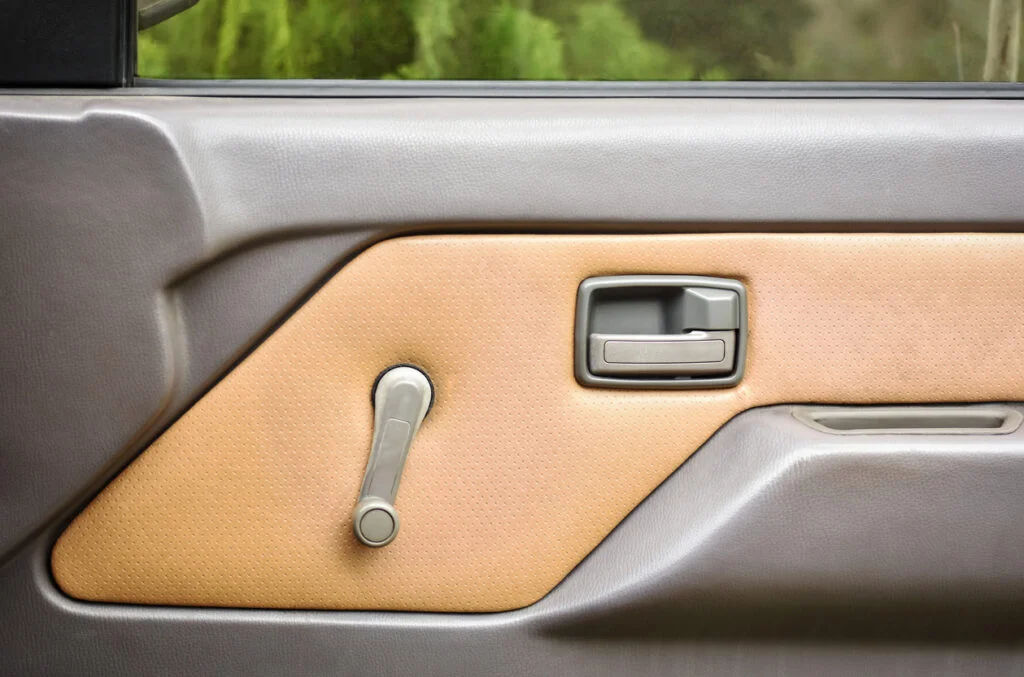
Car doors in the ’70s closed with the authority of a bank vault. That deep, resonant “kerchunk” followed by the solid click of the latch was the sound of American steel engineering at its finest. You could hear a ’70s car door closing from three blocks away, and it told you everything you needed to know about the vehicle’s build quality.
Modern cars with their lightweight materials and precision engineering whisper shut with barely a sound. Back then, closing a car door was like sealing yourself into a fortress of chrome and steel. The weight of those doors meant you had to put your whole body into it, and the resulting sound was deeply satisfying – like the automotive equivalent of a firm handshake.
5. The Dramatic Slam of a Screen Door
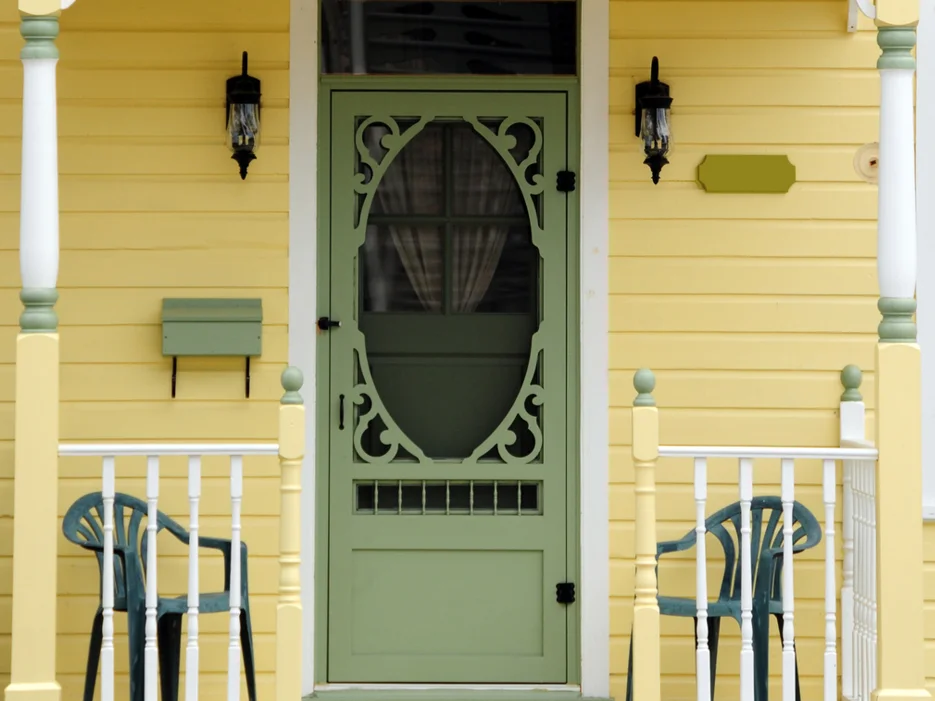
Summer evenings were punctuated by the distinctive sound of screen doors slamming shut across neighborhoods everywhere. That sharp “bang” followed by the gentle rattle of the frame was the sound of childhood freedom – kids running in and out of houses without a care in the world. The spring mechanism would stretch and snap back with a twangy resonance that somehow captured the lazy urgency of summer days.
Each house had its own screen door personality, from the gentle “tap” of well-maintained hinges to the thunderous “SLAM” of doors that had seen better days. Parents would holler “Don’t let that door slam!” but we all knew it was impossible – those doors were designed to announce every entrance and exit. The sound was as much a part of summer as ice cream trucks and sprinklers.
6. The Patient Buzz of a Busy Signal
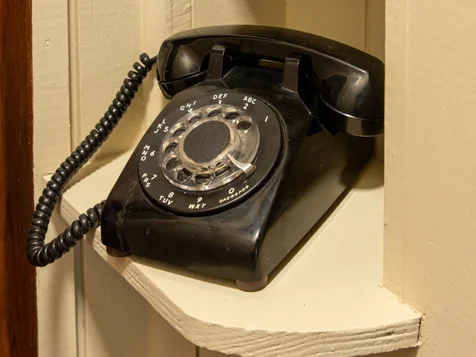
When someone’s line was busy, you didn’t get sent to voicemail – you got that steady “beep-beep-beep” that could go on forever. That busy signal was oddly soothing in its predictability, like a technological meditation bell. You’d sit there, receiver pressed to your ear, waiting for that magical moment when it would start ringing instead of buzzing.
The busy signal taught us patience in a way that modern communication never could. You had to really want to talk to someone to sit through minutes of that repetitive tone. Sometimes you’d call back dozens of times, and hearing that busy signal finally change to a ring tone was like winning a small victory.
7. The Satisfying Pop and Hiss of Opening a Fresh Can of Tennis Balls
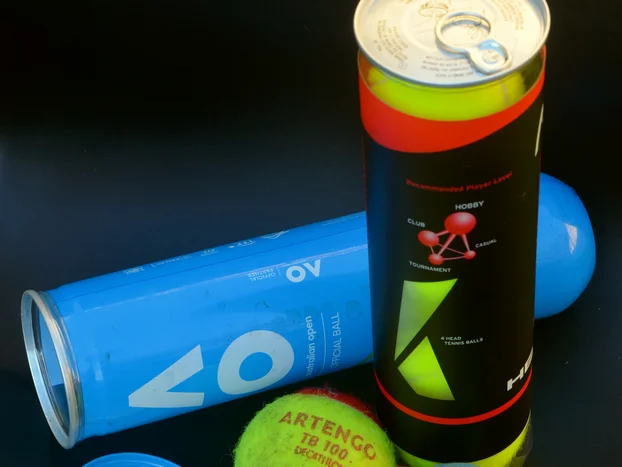
Breaking the seal on a new can of tennis balls created a distinctive “pop” followed by that satisfying hiss of pressurized air escaping. The sound was like opening a tiny treasure chest, revealing three perfectly fuzzy, bright yellow orbs nestled in their cylindrical home. That pressurized “whoosh” meant you were about to experience peak bounce performance.
Modern tennis balls still come in cans, but the ritual has lost some of its magic in our age of everything being disposable. Back then, opening new tennis balls was an event – you’d save the can for storing screws or coins, and that opening sound marked the beginning of a serious tennis session. The hiss was the sound of potential energy being released, promising hours of satisfying play.
8. The Mechanical Clicking of a Slide Projector

Family slide shows were accompanied by the rhythmic “click-whirr-click” of the projector advancing through your vacation photos. Each click built anticipation for the next image, and the mechanical precision of that sound made every slide change feel important. The projector’s fan would hum steadily in the background, adding to the audio experience of reliving your best memories.
That clicking sound meant gathering the whole family around to share experiences in a way that scrolling through phone photos never could. The deliberate pace forced everyone to actually look at each image, and the projector’s mechanical sounds created a sense of ceremony around family storytelling. When the projector jammed, the frustrated clicking and whirring became a comedy soundtrack to Dad’s increasingly creative vocabulary.
9. The Satisfying Thunk of Closing a Well-Made Refrigerator
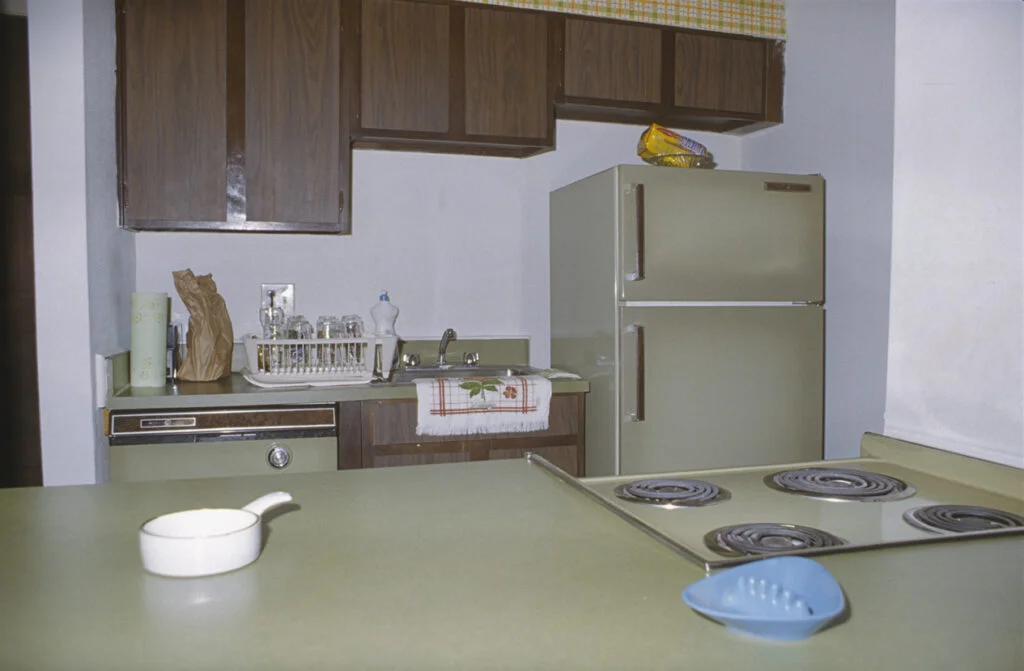
The refrigerators of the ’70s closed with a deep, resonant “thunk” that spoke of serious insulation and magnetic seals doing their job. That sound was followed by a gentle suction noise as the door sealed tight, creating an airtight environment that kept your food fresh for days. The magnetic strips were so strong you could practically hang from the door handle.
Modern refrigerators close with barely a whisper, their lightweight construction and precision engineering eliminating the satisfying audio feedback of a job well done. Those old fridges were built like tanks, and closing one was like securing a fortress. The sound was reassuring – you knew your leftovers were locked away safe and sound behind that substantial door.
10. The Nostalgic Whir and Click of a Film Camera Advancing

Every photograph was punctuated by the satisfying “click-whirr” of the film advance lever being thumb-rolled to the next frame. That mechanical sound was the heartbeat of photography, marking each captured moment with its own unique rhythm. The resistance of the lever and the precise clicking of the film’s sprocket holes created a tactile and auditory connection to your camera.
Unlike digital cameras that silently capture hundreds of photos, film cameras made you work for every shot. The advance mechanism’s sound was a reminder that each frame was precious and finite. That clicking whir was the sound of commitment – once you heard it, that moment was captured forever on actual film, not just stored as ones and zeros.
11. The Anticipatory Whir of a Garbage Disposal Starting Up
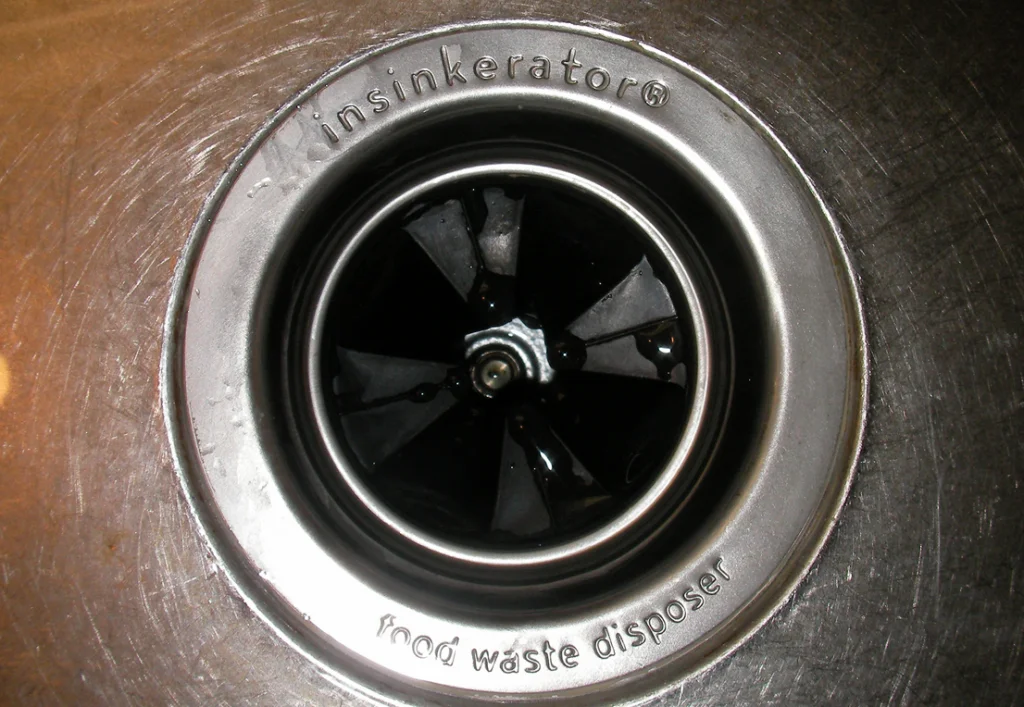
Flipping that switch and hearing the garbage disposal roar to life was oddly satisfying, like unleashing a mechanical beast in your kitchen sink. The initial whir as the motor spun up, followed by the grinding and churning of food scraps being demolished, was strangely therapeutic. It was one of the few times you could legally make that much noise in the house and call it cleaning.
The garbage disposal was kitchen technology at its most dramatic – no quiet, efficient processing here. The sound effects ranged from a gentle hum with soft foods to an industrial grinding symphony when you accidentally dropped something substantial down there. That mechanical roar was the sound of American ingenuity solving the age-old problem of food waste with brute force and engineering prowess.
12. The Ceremonial Pop of Opening a Can with a Church Key

Before pull-tabs took over, opening a can of anything required a church key (can opener) and produced that distinctive “pop-hiss” of pressure being released. The metal-on-metal puncturing sound, followed by the satisfying release of carbonation or vacuum seal, made every can opening feel like a small ceremony. You had to put real effort into it, and the resulting sound was your reward.
The church key required skill and sometimes a bit of finesse to avoid spraying yourself with whatever was inside. That popping sound meant you’d successfully breached the can’s defenses and were about to enjoy your beverage or soup. Modern pop-tops and twist-offs have eliminated the drama, but they’ve also eliminated that satisfying audio confirmation that you’ve successfully opened your refreshment.
Those sounds weren’t just background noise – they were the soundtrack to a way of life that moved at a different pace. Every mechanical click, thunk, and whir reminded us that we lived in a physical world where things had weight and substance. While we’ve gained convenience and efficiency, we’ve lost something irreplaceable: the simple satisfaction of hearing our world work around us, one distinctive sound at a time.
This story Why These Weirdly Satisfying Noises from the ’70s Are Basically Gone Now was originally published on Takes Me Back.



